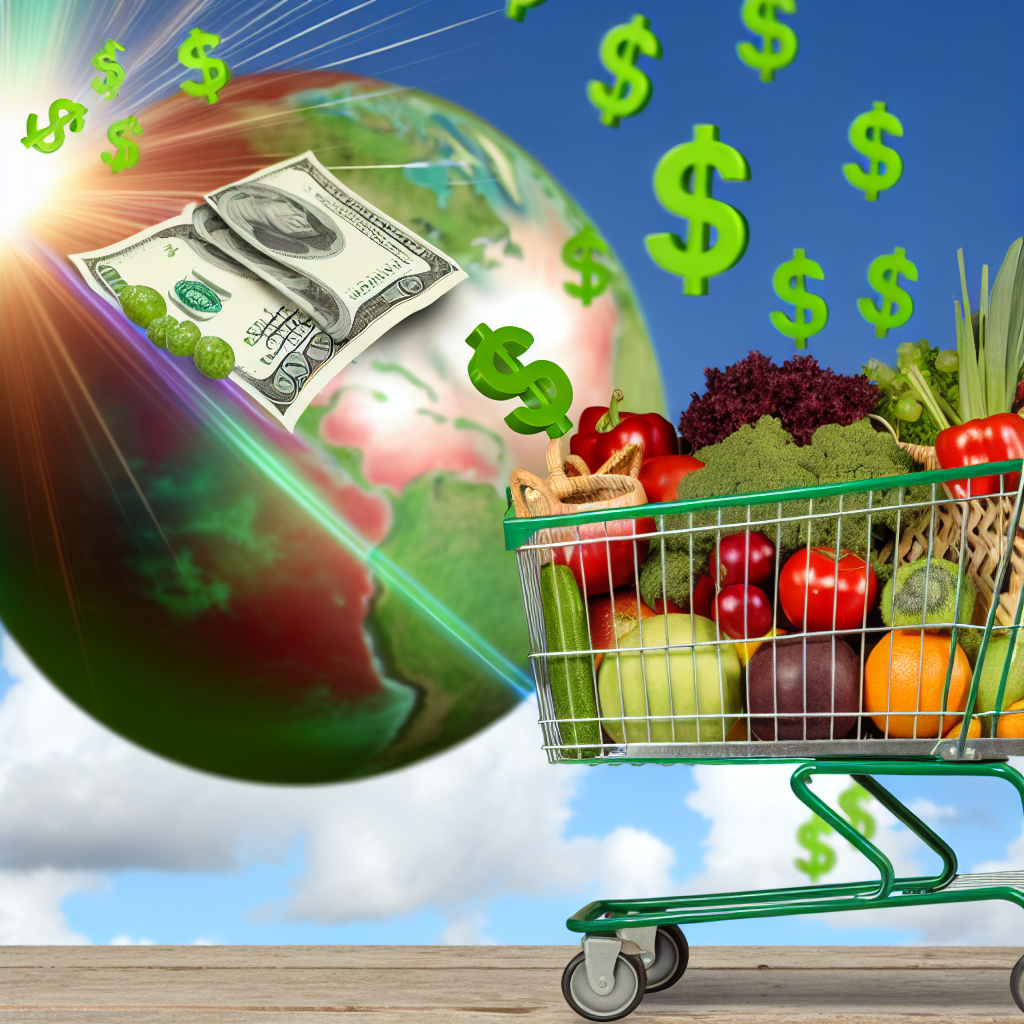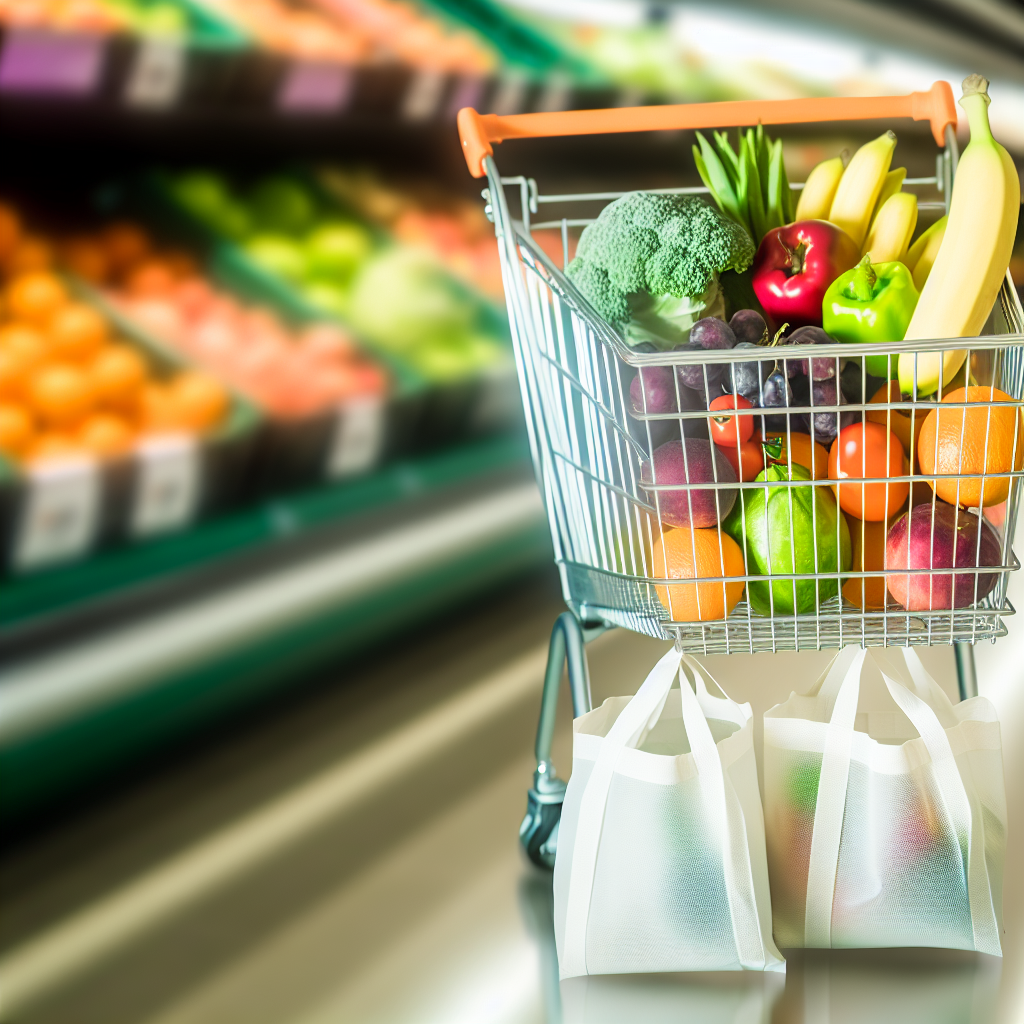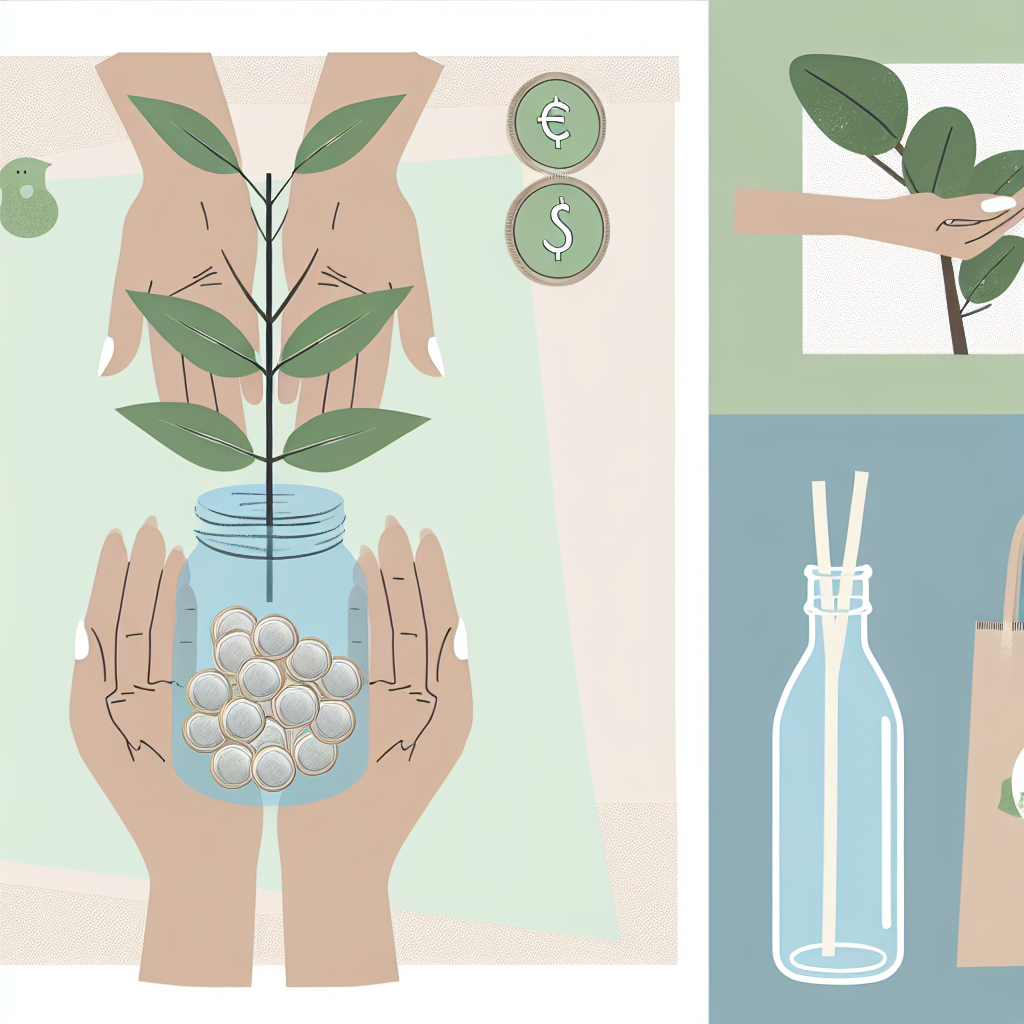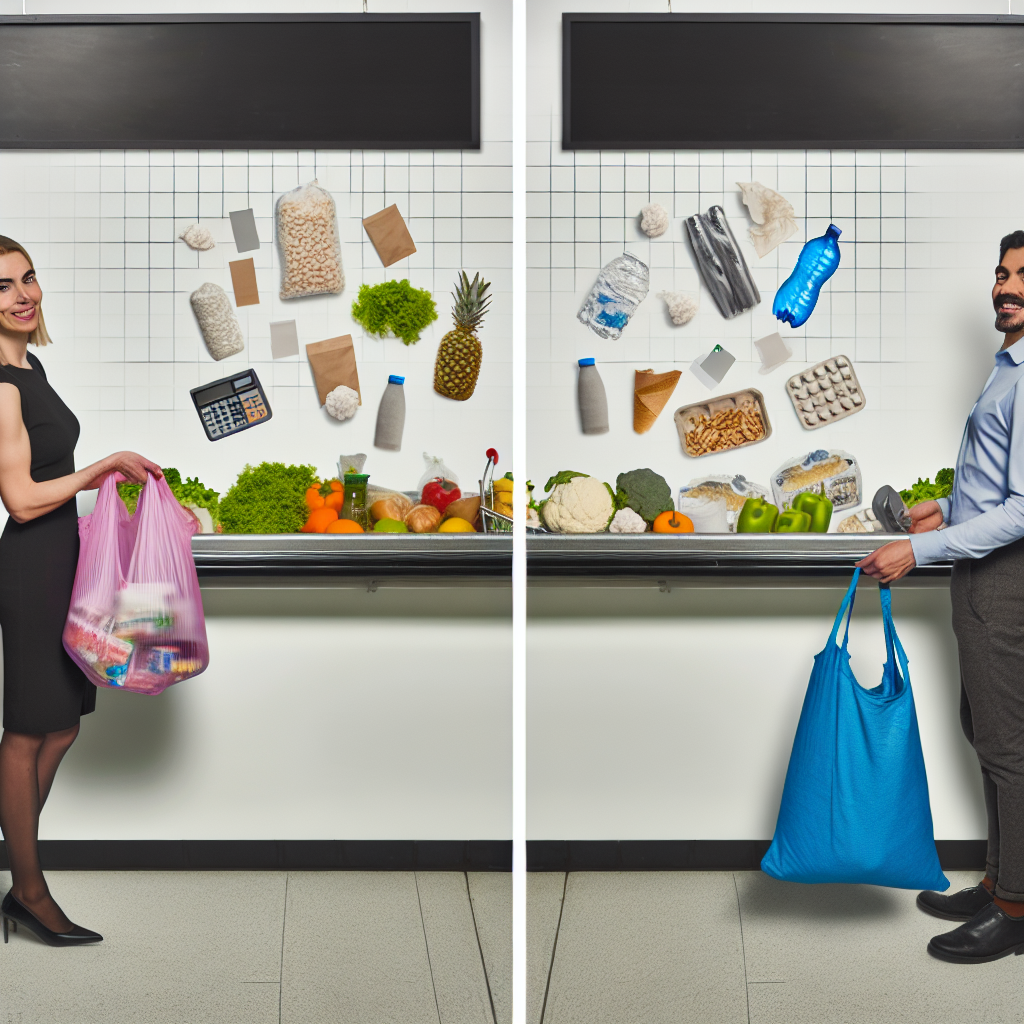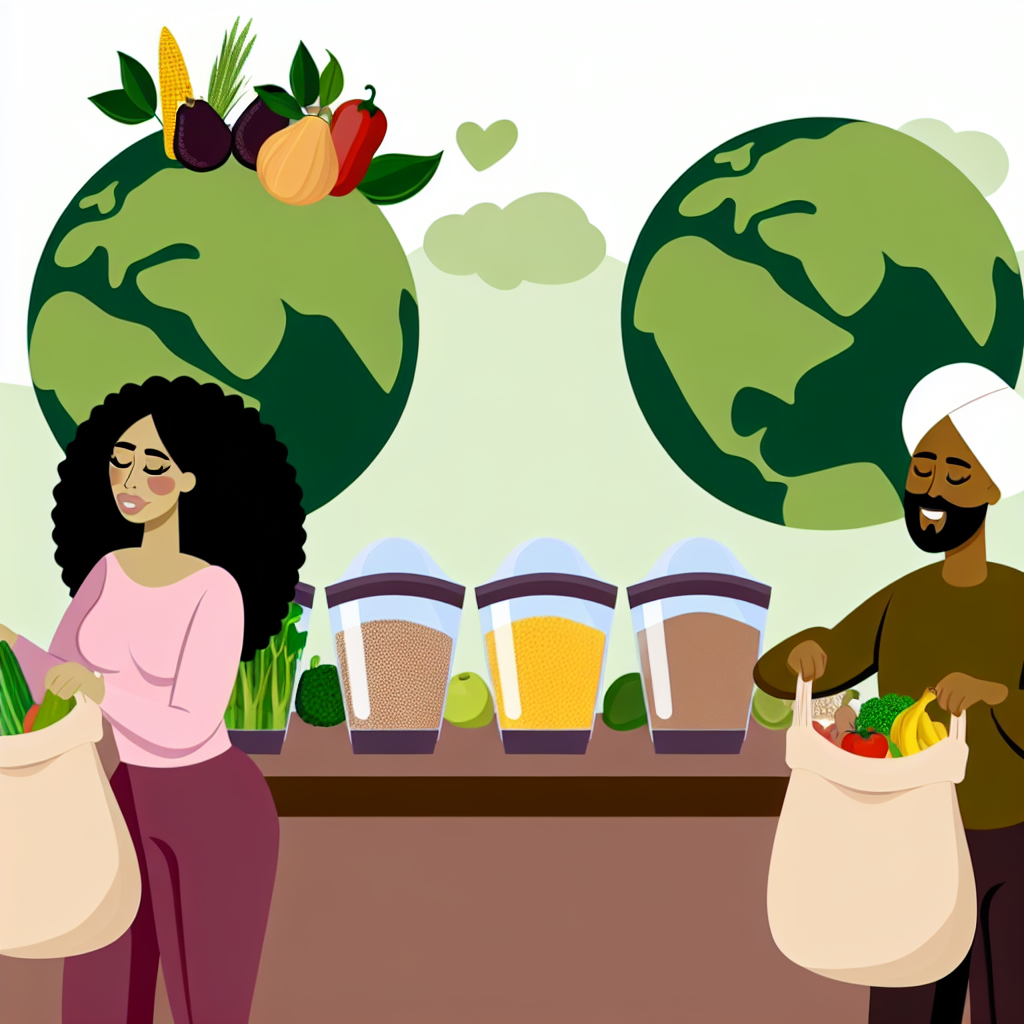10 Surprising Ways to Cut Your Grocery Bill and Help the Planet
Welcome to Frugal Zeitgeist, where saving money and helping planet Earth come together in a great mix of being thrifty and eco-friendly. Today, we’re going to explore grocery shopping with the goal of spending less without harming our beloved planet. Let’s check out 10 surprising ways to lower your grocery bill while also lending a hand to Mother Nature.
1. Love Seasonal Produce
Imagine munching on a juicy strawberry in June or a crisp apple in October—not only tasty, but your wallet will smile too! Buying fruits and veggies when they’re in season means you’re getting them when they’re most available and cheapest. Plus, you’re helping the planet by avoiding the emissions needed for transporting out-of-season produce.
How to Find Seasonal Produce:
- Local calendars: Check out community farming websites for seasonal guides.
- Farmers’ markets: The fruits and veggies here are usually in season.
- Grocery store signs: Many stores highlight seasonal produce to promote sales.
2. Eat Plant-Based Meals Once a Week
Here’s some good news for your budget and the planet—going meatless every now and then can be yummy! Meat is often one of the more expensive items you buy and is also linked to higher carbon emissions.
Ideas for Meatless Meals:
- Chickpea curry: Full of flavor, protein, and savings.
- Vegetable stir-fry: Use up those veggies before they get too old.
- Lentil soup: Lentils are cheap and versatile.
Check out websites like Minimalist Baker and Oh She Glows for fun plant-based recipes that make going meatless enjoyable.
3. Buy in Bulk
Buying in bulk is where savings and being eco-friendly meet. Stocking up on pantry staples like rice, pasta, and beans from bulk bins not only saves money but also reduces packaging waste.
Tips for Storing Bulk Items:
- Glass jars: Keep items fresh and visible.
- Labeling: Avoid mystery ingredients in the pantry.
- Rotating: Use older items first to prevent waste.
4. Use Reusable Bags and Containers
Say goodbye to single-use bags and hello to big savings while cutting down on plastic waste. Many grocery stores give discounts for using your own bags, which helps reduce plastic waste in our environment.
Tips for Using Reusable Items:
- Keep them in your car: Always have them ready when you shop.
- Foldable bags: Easy to carry in your handbag or backpack.
- Cute designs: Choose bags you’re excited to use!
5. Plan Your Meals
Meal planning is like having a map for grocery shopping—it helps prevent impulse buys and food waste. Plus, it’s a surefire way to stay on budget.
Strategies for Successful Meal Planning:
- Weekly planning: Pick a day to plan recipes and shopping lists.
- Theme nights: Like Taco Tuesday or Stir-fry Sunday!
- Leftover lunches: Enjoy past meals and save money.
Tools like Mealime and Paprika can make meal planning fun rather than a chore.
6. Grow Your Own Herbs and Vegetables
Get your hands dirty and grow your own herbs and vegetables! It’s a great way to save money and cut down on carbon emissions. Plus, it’s super satisfying to eat what you’ve grown.
Easy Herbs and Veggies to Grow:
- Basil: Perfect for window sills and easy to grow.
- Lettuce: Keep snipping and enjoying your harvest.
- Tomatoes: Little savings gems right in your yard.
7. Shop at Farmers’ Markets
Shopping at farmers’ markets helps your local community and often offers fresher, cheaper, and more environmentally friendly options than big supermarkets.
How to Find Farmers’ Markets Near You:
- Local guides: Check your town’s list of market days.
- Social media: Follow local pages for updates.
- Ask around: Chat with neighbors to find the best markets.
Farmers’ markets are full of seasonal treats and surprise savings.
8. Use Leftover Ingredients Creatively
Turn leftover bits into delicious meals, saving money and reducing waste.
Ideas for Using Leftovers:
- Frittatas: Use up everything in one dish!
- Casseroles: Combine leftover ingredients for a surprise dish.
- Smoothies: Blend overripe fruit for a nutritious drink.
9. Cut Down on Food Packaging
Choose products with less packaging to save money and reduce waste. Avoid individually wrapped snacks and overly packaged produce.
Alternatives to Packaged Foods:
- Make your own snacks: Try popcorn instead of chips or homemade granola.
- Loose produce: Use reusable produce bags.
- Bulk bin items: Buy pulses, grains, and nuts without extra packaging.
10. Skip Pre-Packaged and Pre-Cut Foods
Convenience can be costly. Whole foods are fresher, cheaper, and lower the environmental cost of packaging.
How to Prep Foods at Home:
- Learn basic cooking skills: Save money by cutting your own produce.
- Batch cooking: Prep once and enjoy multiple meals.
- Keep knives sharp: Make cooking more fun and easier.
Conclusion
So there you have it, my frugal and eco-friendly friends! Ten easy ways to save money and be kind to our planet while grocery shopping. Start small, try these ideas gradually, and soon you’ll see both your budget and the Earth thriving. Let’s make little changes that lead to a big, positive impact! Ready, set, save!
